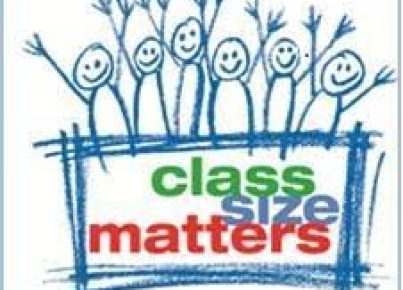Introduction: Understanding the Shift in 16 to 19 Education
The world of education is constantly evolving, and so too are the standards for 16 to 19-year-old students. As society progresses, schools must adapt to the changing needs of their students and the workforce. This article will delve into the significant changes to 16 to 19 education in recent years, discussing how these shifts have impacted institutions, students, and educators alike.
1. The Introduction of T-levels and Vocational Reform
One of the most notable changes in recent years has been the introduction of T-levels in England. T-levels are technical qualifications that equate to three A-levels and focus on practical skills for specific industries such as construction, digital production, and health science. They aim to elevate vocational education, making it equally respected and valued as traditional academic pathways while better preparing learners for employment in skilled careers.
2. Updated Curriculum and Assessment Methods
In response to rapidly changing industries and advancements in technology, curricula for 16 to 19 education have evolved across the board. Schools have begun integrating new subjects relevant to modern times like cybersecurity and sustainable development while incorporating interdisciplinary approaches and project-based learning. Meanwhile, new assessment methods center around fostering students’ analytical thinking skills rather than merely memorizing facts.
3. Increased Mental Health Support
Educators have grown increasingly aware of the amplified stress levels faced by today’s youth due in part to societal expectations and global unrest. In response, mental health support services have become more commonly integrated into school environments for ages 16 to 19—this includes providing professional counseling resources, peer mentoring programs, mental wellbeing workshops, and encouraging open dialogues about mental health challenges.
4. Emphasis on Digital Literacy Skills
As technology continues seamlessly integrated into everyday life, there is a growing recognition that today’s students need to be digitally literate. Schools have adjusted their curriculums, incorporating lessons on computer programming, digital etiquette, and data analytics to ensure their students can confidently navigate an increasingly digital world.
5. Enhanced Focus on Post-Secondary Success and Career Readiness
In addition to the introduction of T-levels, there has been an overall shift in emphasis toward career readiness and post-secondary success. This includes bolstering support for apprenticeship programs and providing resources for students to explore various career pathways that suit their strengths and interests.
Conclusion: Embracing Change for a Brighter Future
The changes in 16 to 19 education play a crucial role in setting students up for success beyond the classroom. As the global landscape continues to evolve, so too must our educational institutions. By embracing these shifts, educators can better prepare the next generation of learners to lead the way in shaping society’s future.





